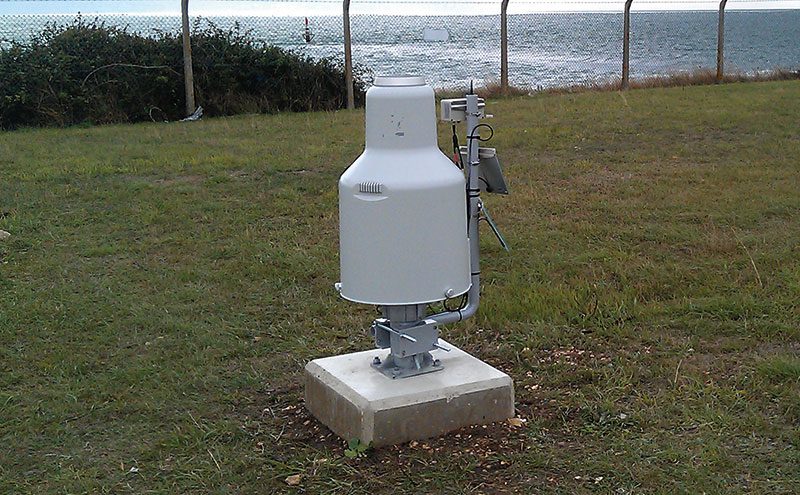Water monitoring expert OTT Hydrometry shares some of the details of recent flood alleviation schemes where its own expertise and equipment has made a contribution.

One popular instrument for river monitoring is OTT’s CBS Compact Bubbler System. It is accurate, low power and requires minimal levels of maintenance. It is also less affected by debris and turbulence than a pressure transducer in a stilling well. The system was used in a recent flood warning system for Harris County in Texas. This network also employed 19 OTT RLS non-contact Radar Level Sensors, used in river and tide monitoring applications. The RLS sensor operates on low power delivering accurate water level data that is unaffected by air temperature, humidity, flood events, floating debris, or contaminated water.
Harris County Flood Warning System
Intense periods of rainfall are not uncommon in Harris County given its closeness to the Gulf of Mexico. Hourly rainfall rates can often exceed 75-100 mm. The objective of this system is to provide information collected by monitoring stations in near real-time in a user friendly format to decision markers, emergency management authorities, the National Weather Service, and the citizens of the region; to protect life and property with targeted flood warnings.
For detecting rate of rise at designated gauge locations, the OTT RLS and CBS measure water level using proven non-contact water level measurement techniques which are unaffected by rising flood waters. This critical data is transmitted in real-time and can be viewed on the Harris County Flood Warning System website: http://www.harriscountyfws.org/.
Flood warning information is also available to the public via a mobile app. “There is a lot of confidence in the system now compared to several years ago when vast amounts of data were being lost due to data contention and the maintenance of the field equipment was inadequate,” says Jeff Lindner Director of Hydrologic Operations at the District. “With the current system it is an anomaly to have incorrect data.”
Flood alleviation in Portsmouth
In late 2014, Southern Water completed a major project to reduce the risk of sewer flooding in parts of Portsmouth and Southsea. Substantial works were undertaken to divert runoff and tidal ingress, and a ‘smart’ hydrometeorological monitoring system was installed to enable prompt diversion of excess water during periods of high rainfall. Sewer level monitoring is undertaken in real-time and intelligent raingauges (Pluvio2) combine with radio telemetry to inform a computer based catchment-wide water model. This decision support system provides advance notice for staff at the Eastney pumping station that diverts large quantities of water to storage tanks during periods of heavy rain. Through the development of a smart sewer network, Southern Water has seemingly dramatically reduced the risk of flooding in Portsmouth whilst delivering environmental benefits.
OTT Adcon radio telemetry delivers monitoring data, which includes the Pluvio2 raingauges, to a catchment software model developed by Innovyze. MWH’s Rob McTaggart said: “Collaboration with the community, and other stakeholders in Portsmouth, made it possible for the project consortium to design and implement a solution that separated surface water to provide resilience, significantly boost flood protection and benefit the environment with the minimum of new infrastructure. Clearly, the flood alleviation scheme has been a success and as a result, the pumps at Eastney are called into action less often.
“The early warning system appears to be working very well. Some of the rainfall prediction data, provided by external sources, can sometimes provide erroneous projections because of the localised nature of precipitation events, so it is important to have a sufficient number of raingauges to ‘calibrate’ projections and deliver the level of precision required.”








